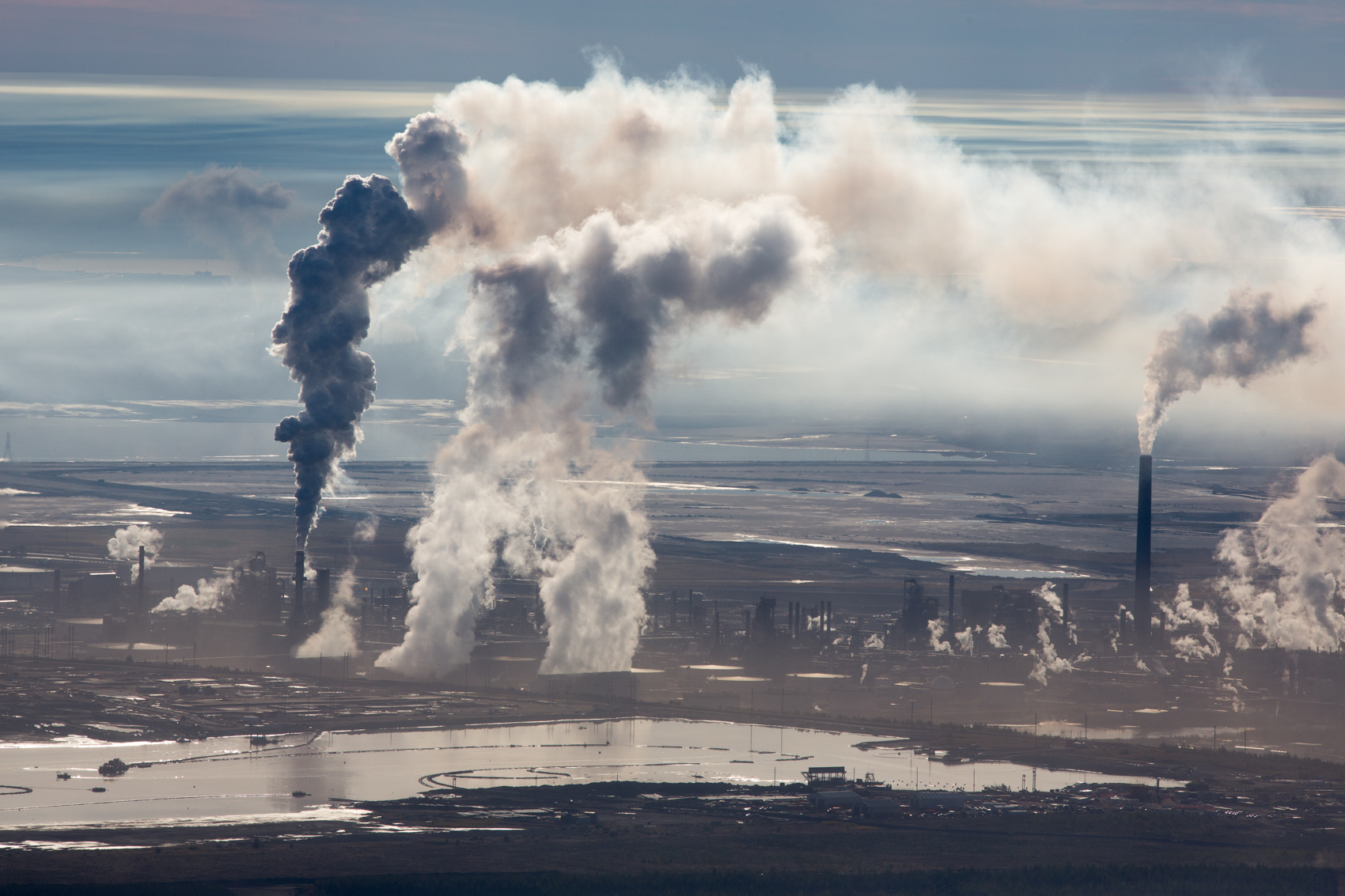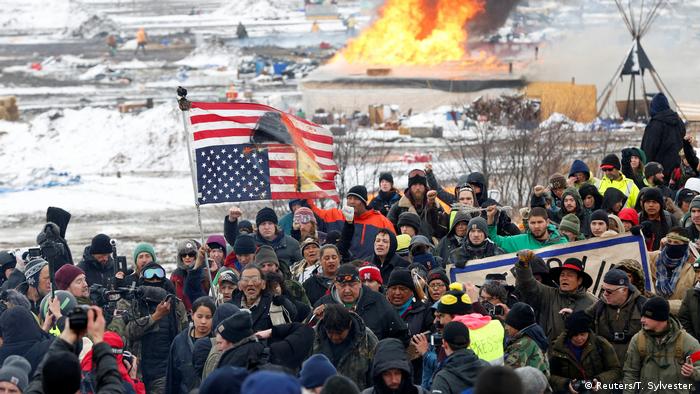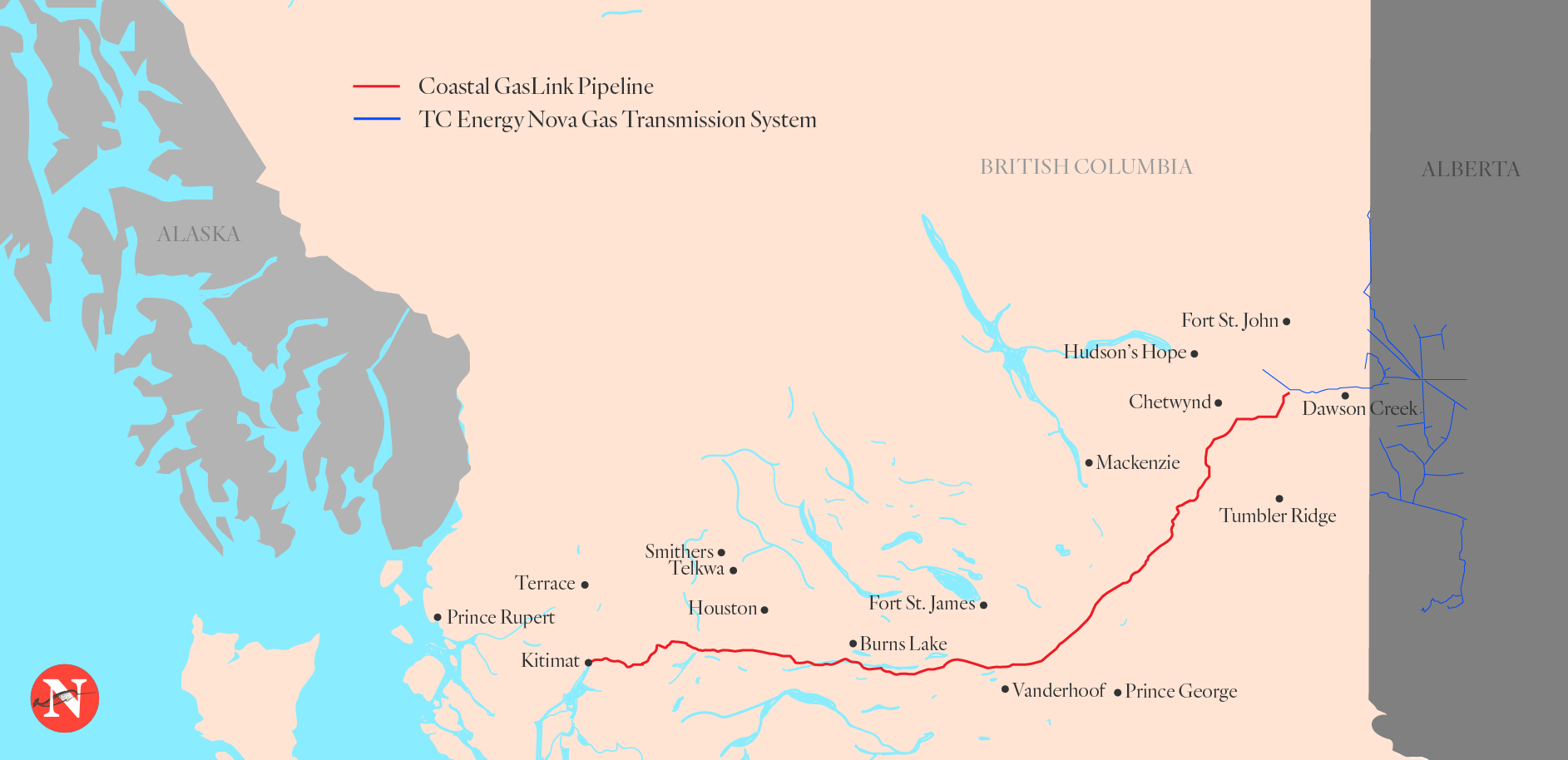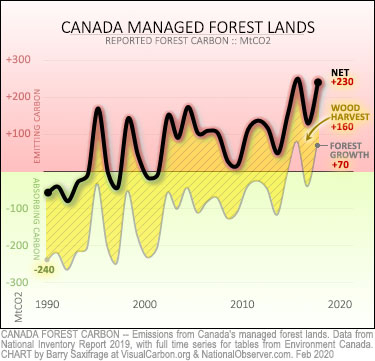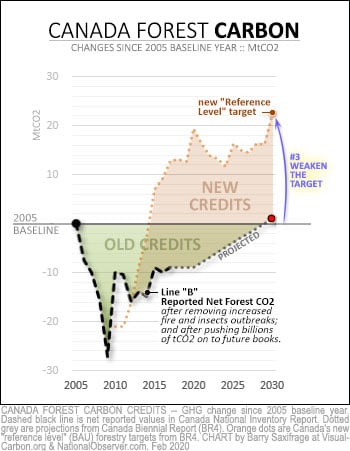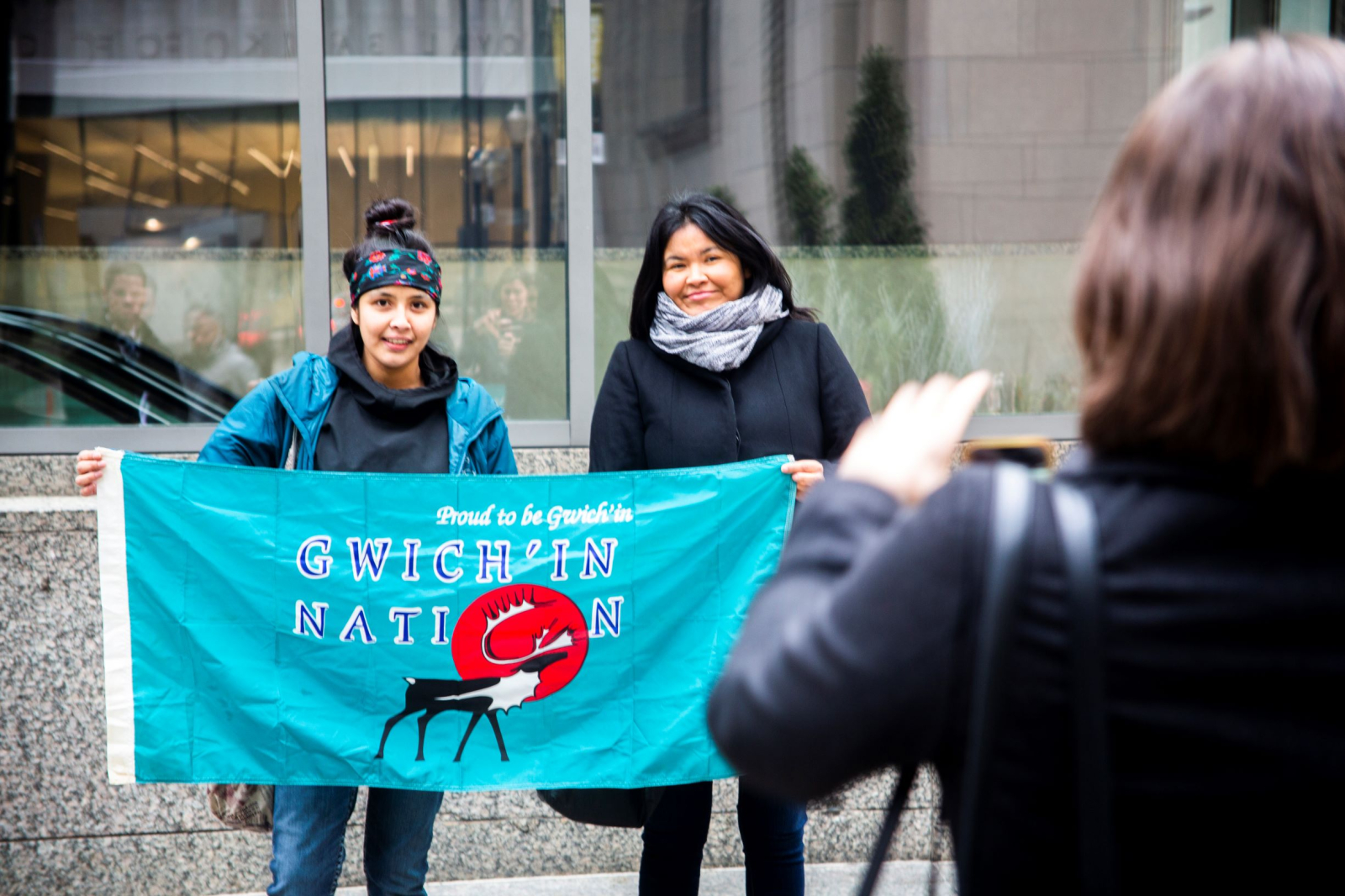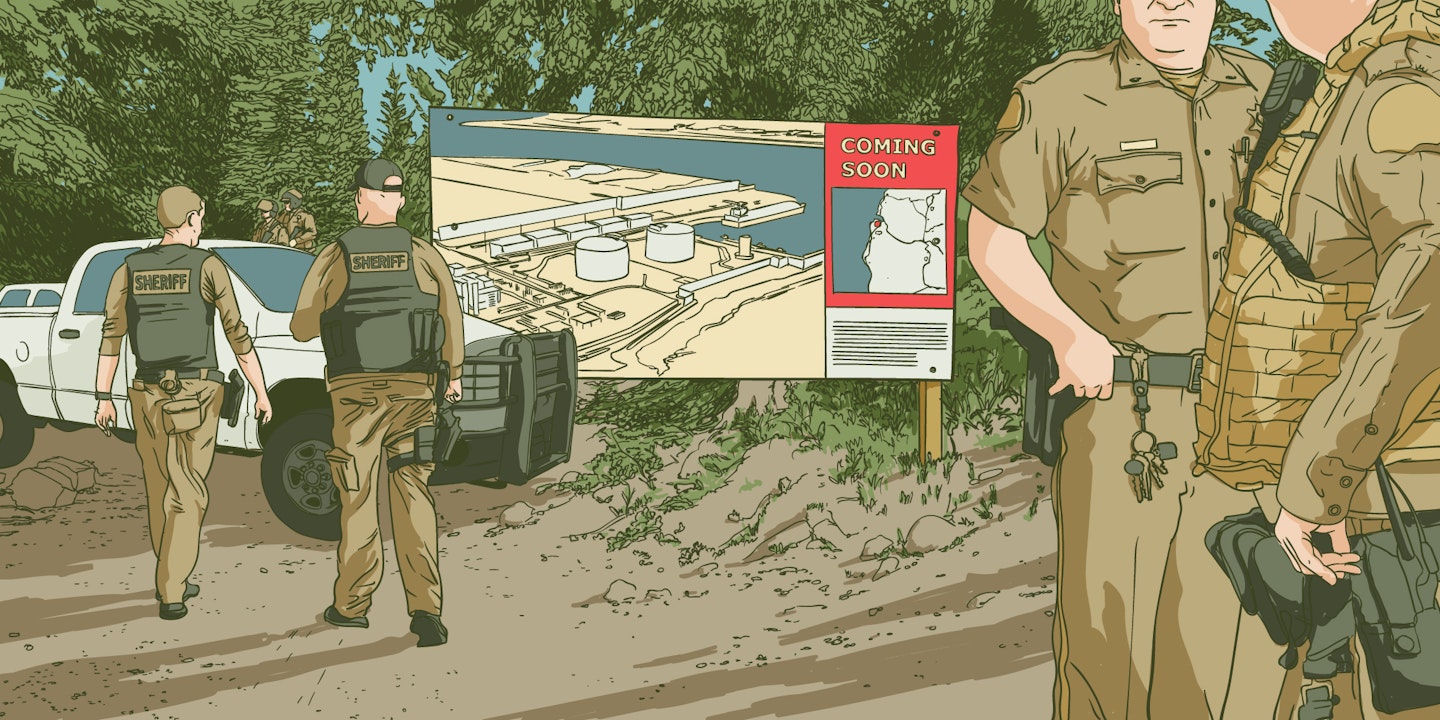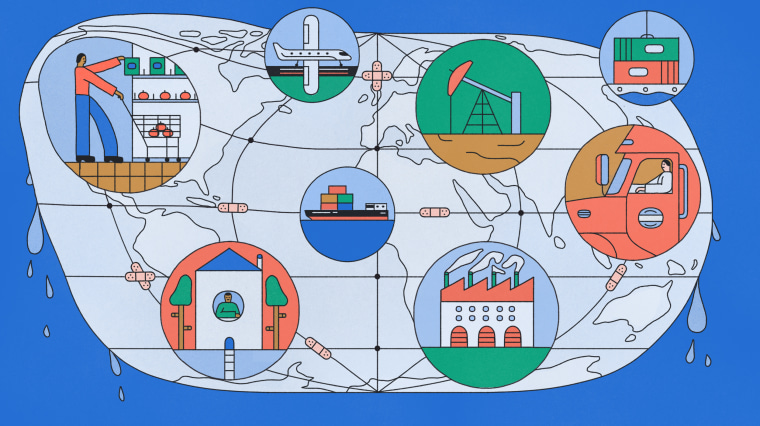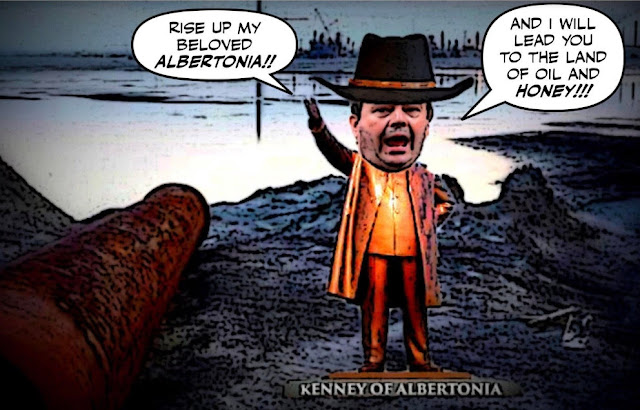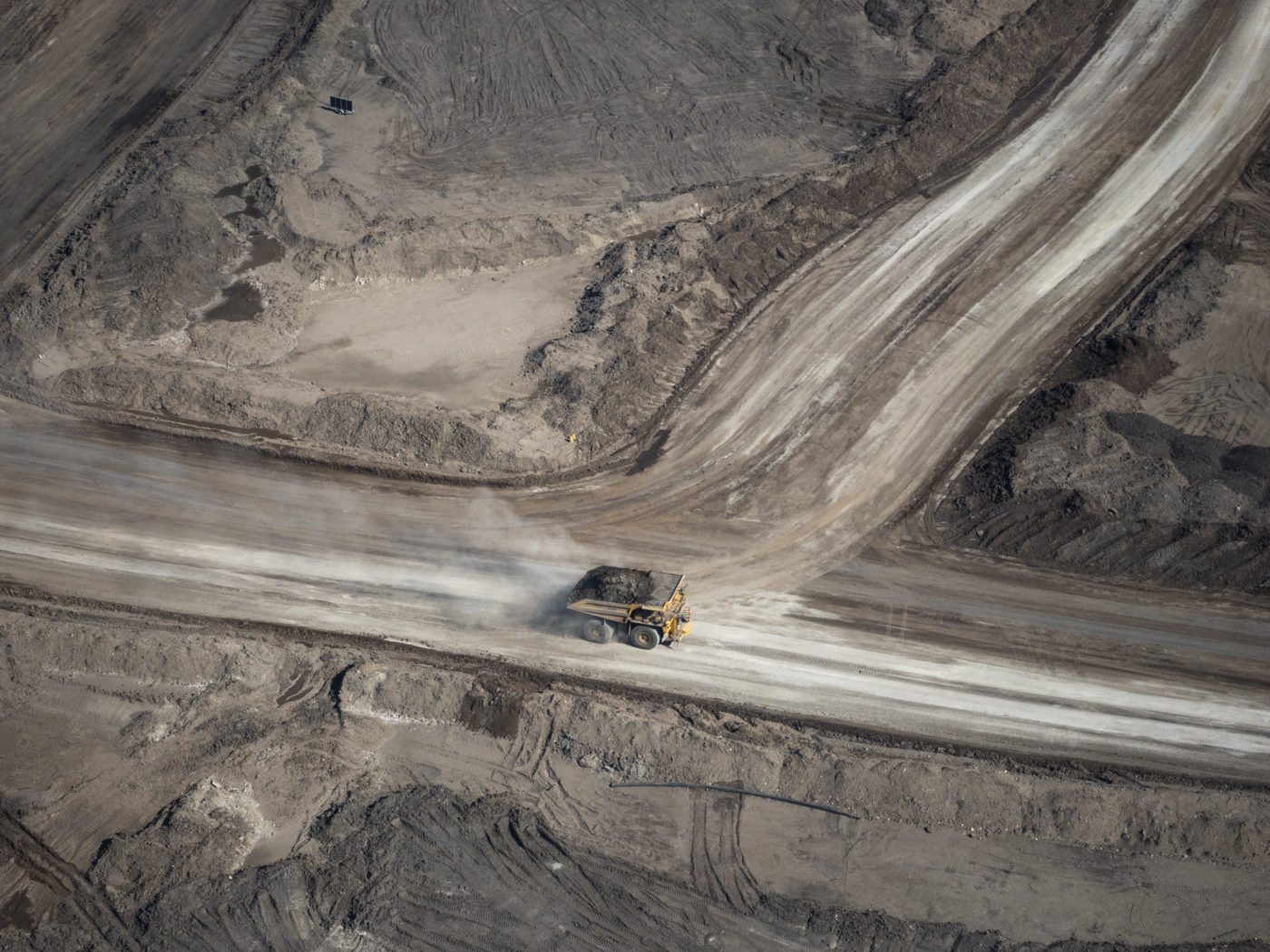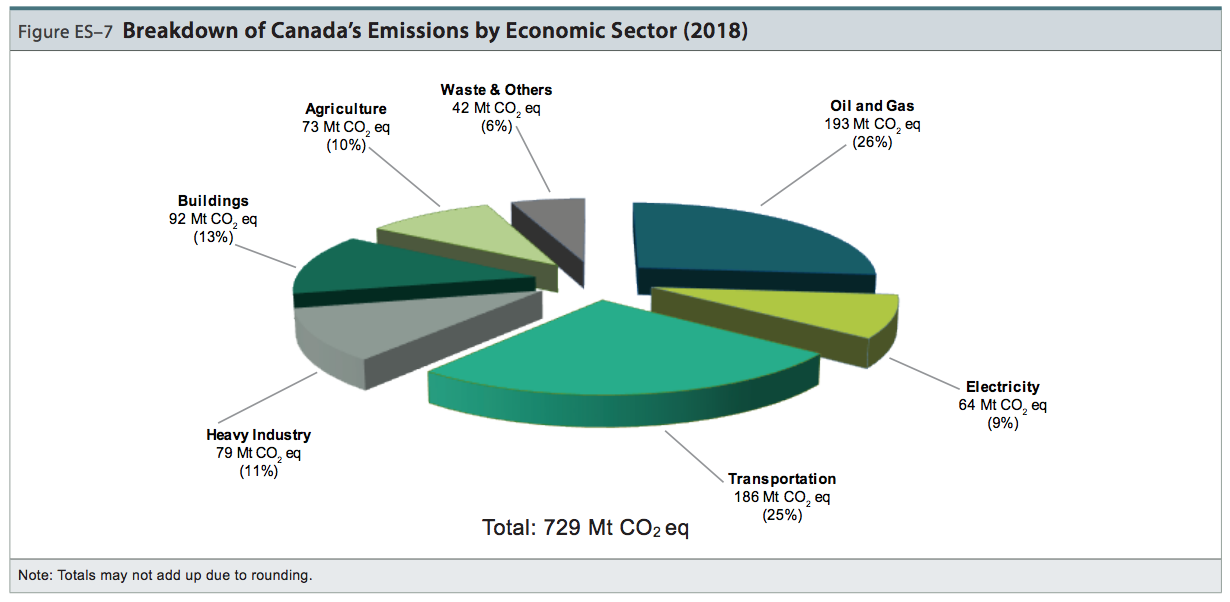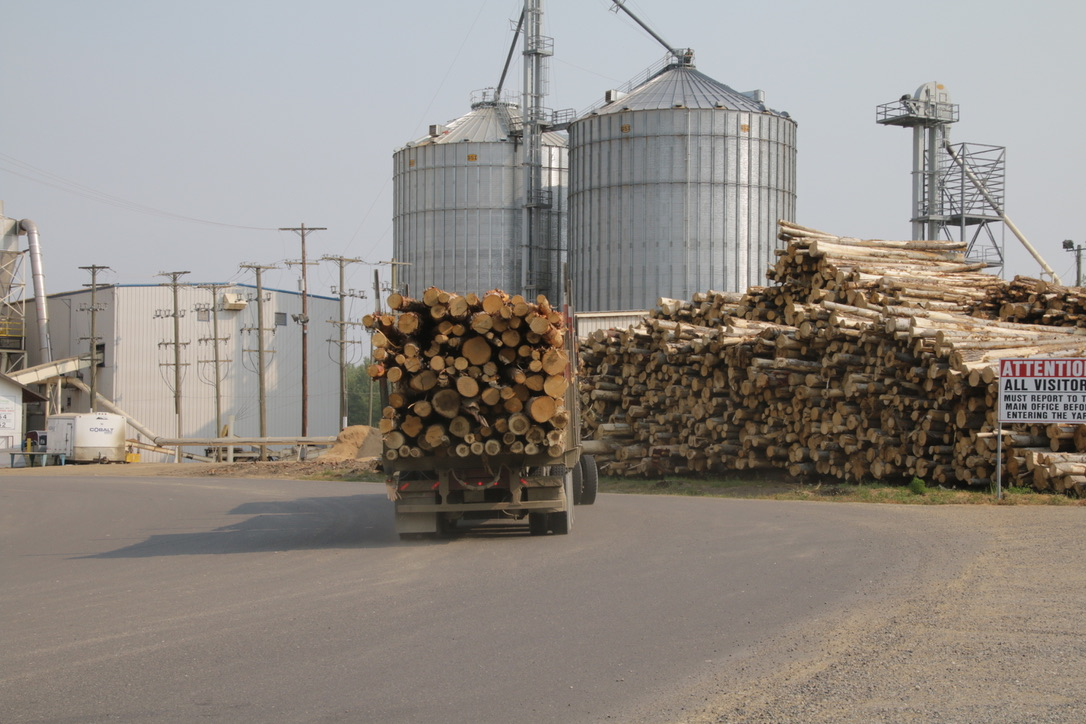The rapid oil price drop due to Saudi Arabia and Russia's announcement of increased oil production when combined with the economic shock hitting the global economy because of the Coronavirus sends an economic signal for Canada to shift away from fossil fuels especially when financial resources are already starting to shift away from this sector to renewable energy. The following article discusses the American situation but much of it applies to Canada, which as a high price fossil fuel producer is particularly at risk in this downturn and in the future as more and more investments shift to green energy.
The sudden upheaval in the oil markets may claim victims around the world, from energy companies and their workers to governments whose budgets are pegged to the price of crude.
The fallout may take months to assess. But the impact on the American economy is bound to be considerable, especially in Texas and other states where oil drives much of the job market.
With the coronavirus outbreak slowing trade, transportation and other energy-intensive economic activities, demand is likely to remain weak. Even if Russia and Saudi Arabia resolve their differences — which led the Saudis to slash prices after Russia refused to join in production cuts — a global oil glut could keep prices low for years. ...
Saudi Arabia depends on high oil prices to fund its ample social programs, but it has the lowest production costs of any producer, so it can operate profitably even at lower prices. Russia has sufficient financial reserves and can devalue its currency, the ruble, to sustain the flow of money through its economy even when prices decline.
That leaves the higher-cost producers, and the service companies that drill for them, most immediately vulnerable. ...
Some analysts say the global industry may not be as well prepared for the latest challenge. Increased concerns about climate change and the growing reluctance of investors to pour money into a sector that has strained to make profits in recent years hobbled the industry even before the virus hit.
“In many respects, this time will be different, but not in a good way,” said David L. Goldwyn, the top energy diplomat in the State Department during the first Obama administration. “Low oil prices will not necessarily result in increased demand due to the firm commitment of many countries to decarbonization. The uncertain trend line for coronavirus suggests demand recovery will be slow in coming.”
https://www.nytimes.com/2020/03/09/business/energy-environment/saudi-oil...




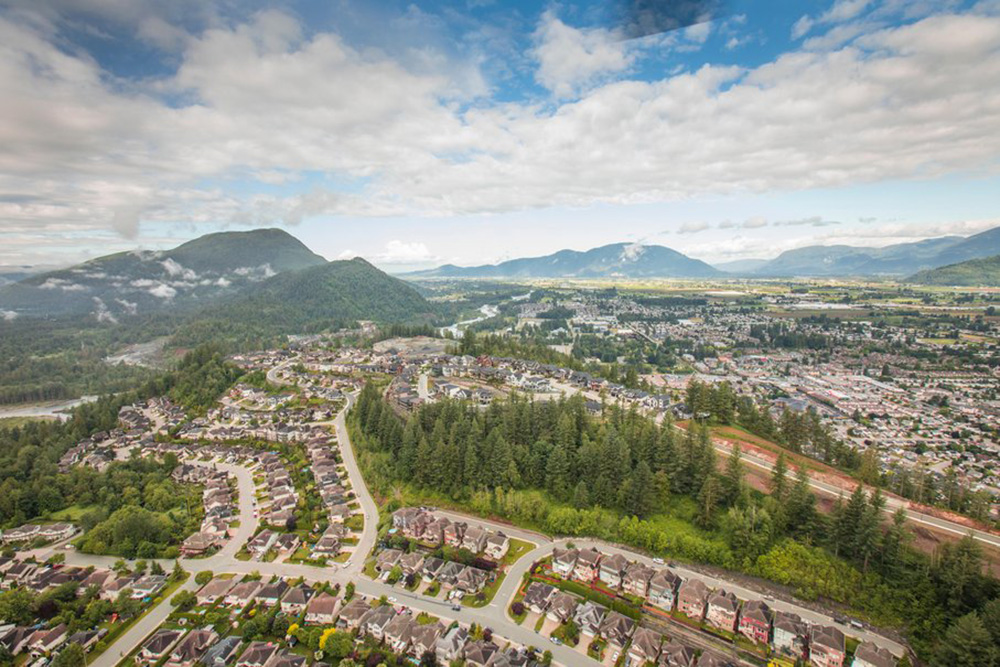
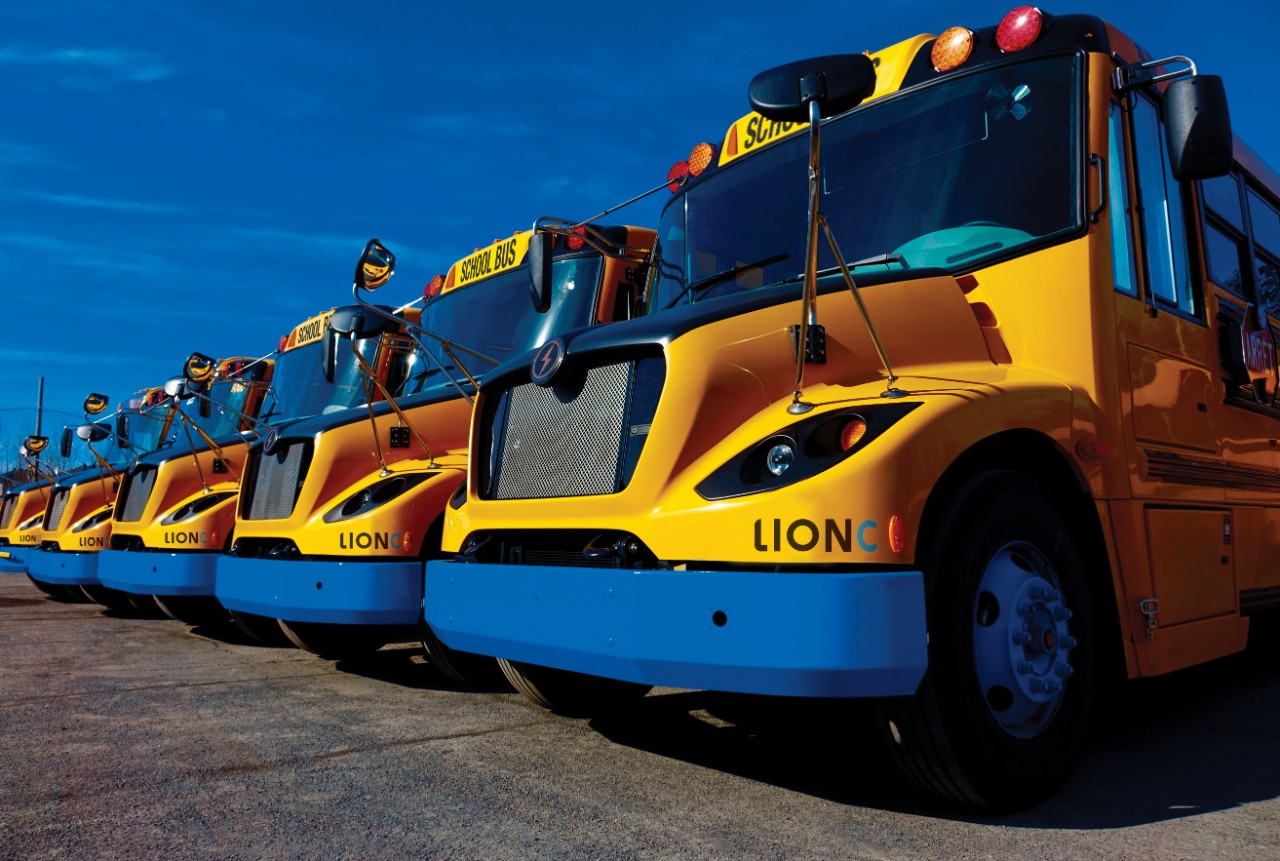
![Big ecosystems could collapse faster if tipping point reached Bruno Kelly/Reuters]](https://www.aljazeera.com/mritems/imagecache/mbdxxlarge/mritems/Images/2020/3/11/162d5f803aaa47afa81ed7f5cf1c8b65_18.jpg)

